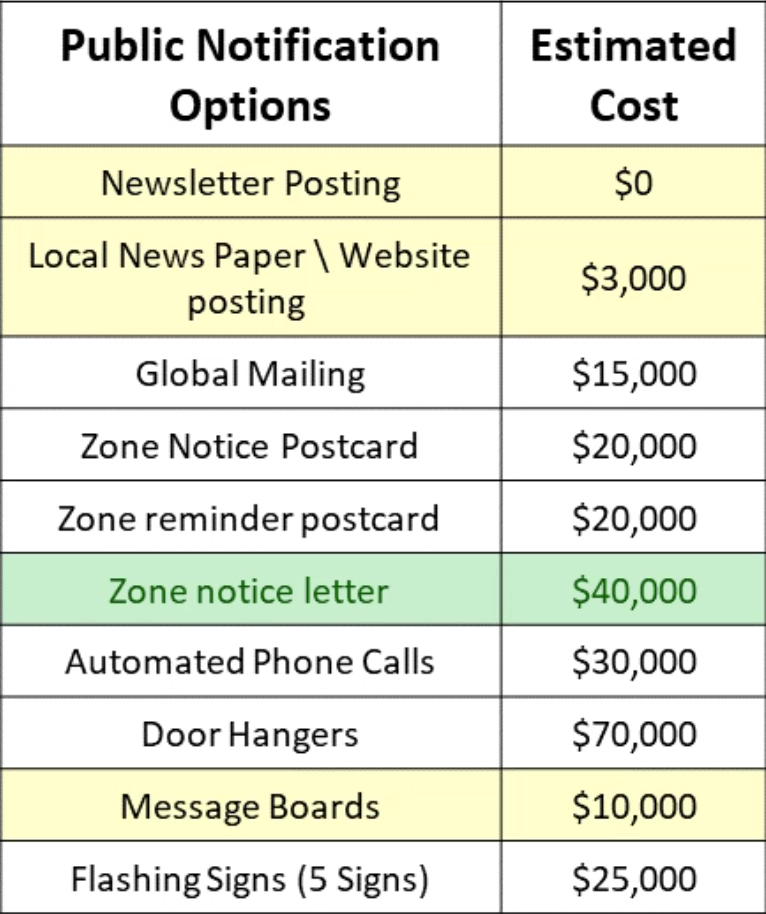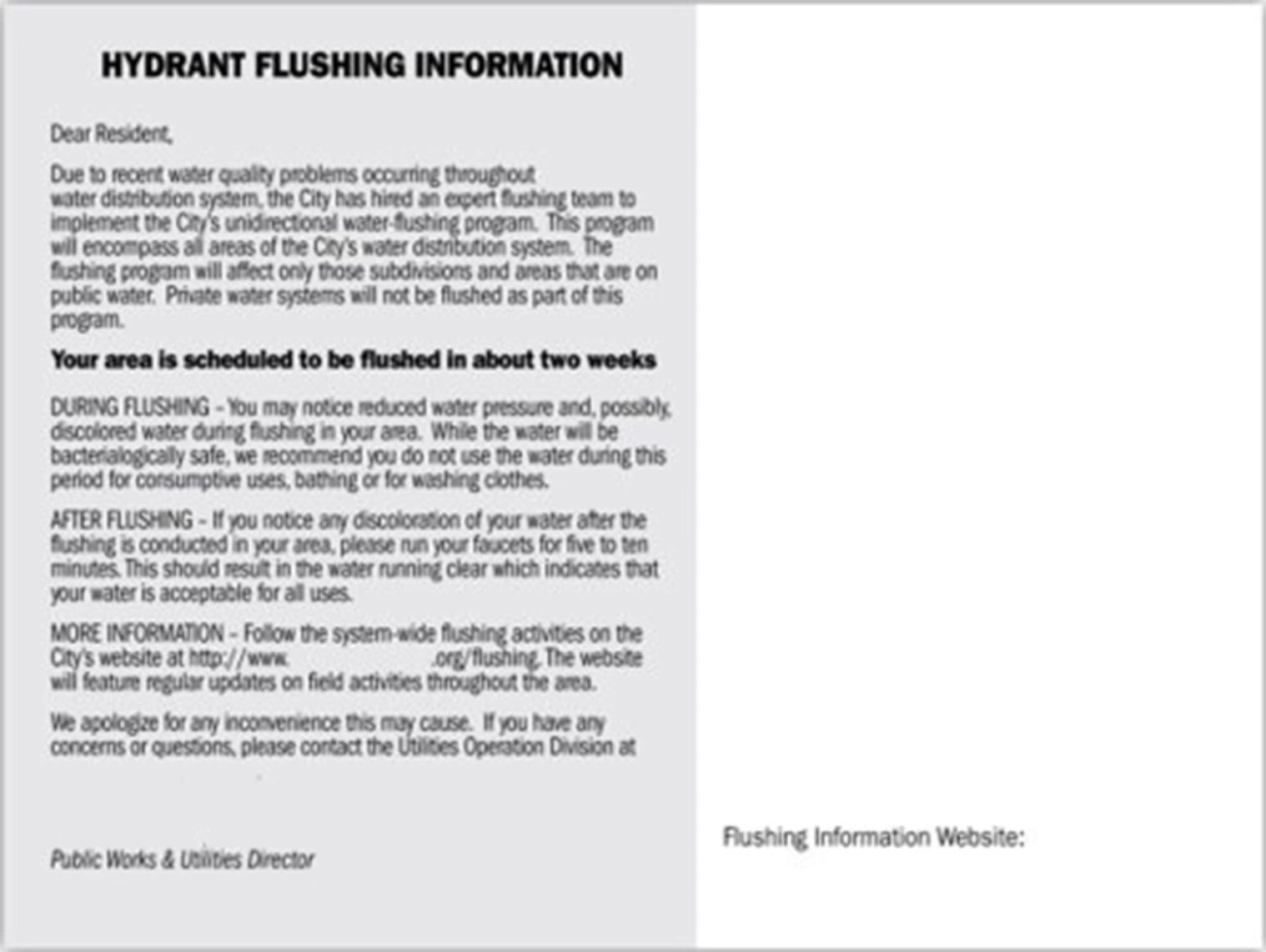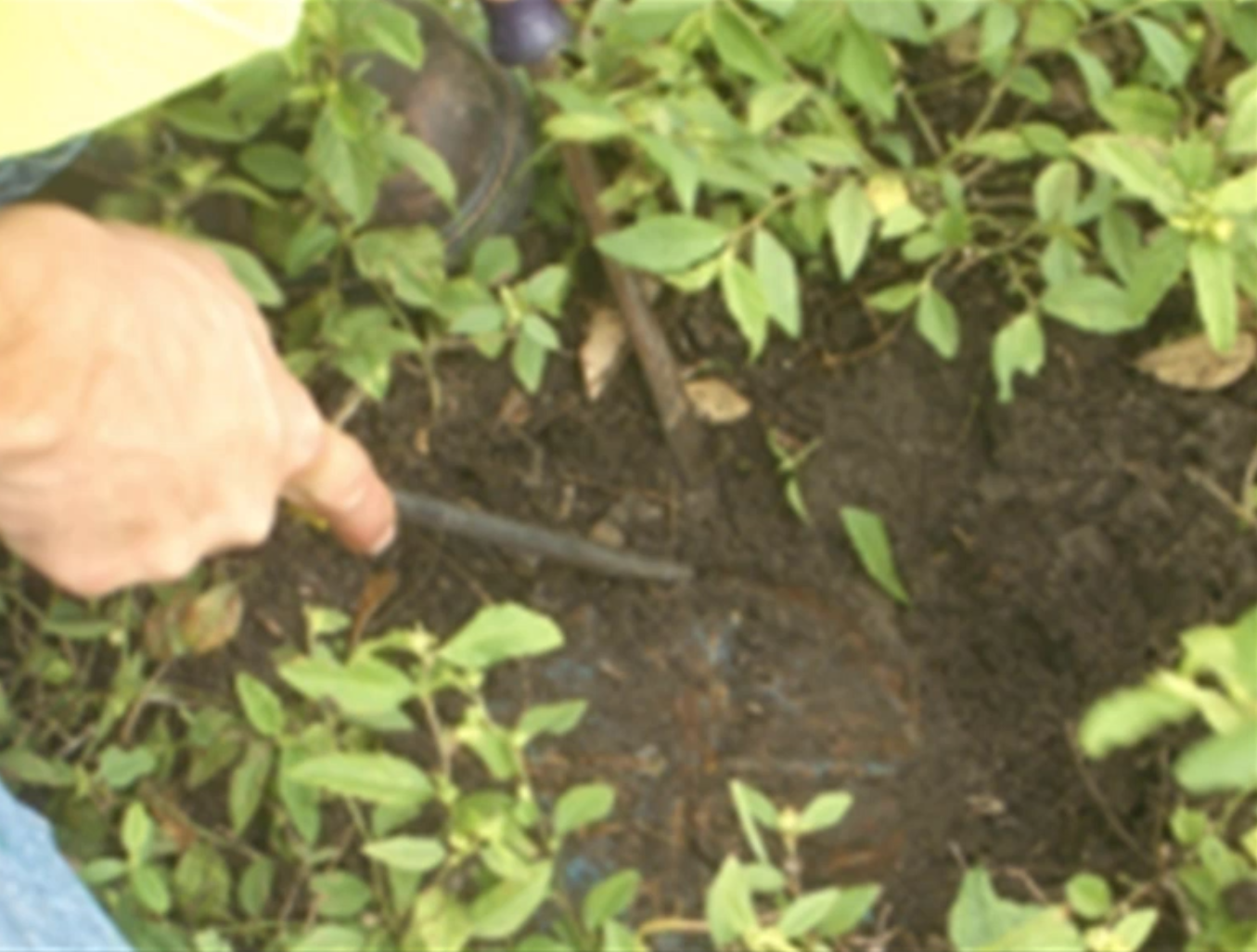& Construction

Integrated BIM tools, including Revit, AutoCAD, and Civil 3D
& Manufacturing

Professional CAD/CAM tools built on Inventor and AutoCAD
Any referenced datasets can be downloaded from "Module downloads" in the module overview.
Required for course completion
Flushing operations can directly impact water service to homes, businesses, and industrial facilities.
When possible, notify public and business owners about when, where, and why flushing operations are taking place, and clearly explain expected benefits of flushing completion.
There are several methods to inform customers about operations, each with specific costs, challenges, and benefits:
Cost and difficulty of implementation may vary depending on cost of materials, location, and geography of targeted flushing area.


Even best flushing plan can encounter challenges, including:

UDF tends to be effective at reducing customer complaints about water taste, odor, and appearance, but other water quality improvements, such as chemical adjustments and pipe replacements, may also be factors in complaint reduction.